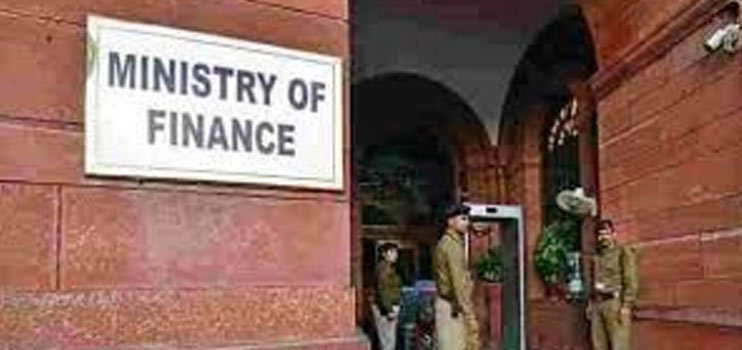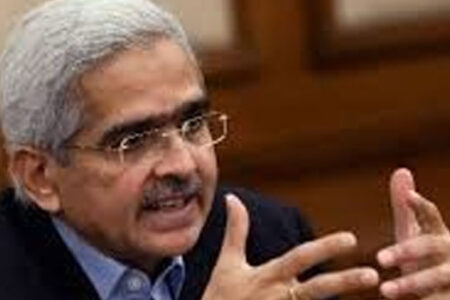On Friday, the finance ministry’s Department of Financial Services circulated a scheme among all lenders in India for grant of ex gratia payment to make good the difference between compound and simple interest for the six-month moratorium (March-August 2020). The scheme is applicable to all borrowers who have up to Rs2 crore exposure to banks and non-banking financial companies, including housing finance companies and microfinance institutions. The exposure could be in the form of small loans, education, housing, consumer durable, auto, personal and consumption loans, and credit card dues.
In Latin, “ex gratia” means “by favour”. Such payments are a favour or given out of a sense of moral obligation and not because of any legal requirement. But, this is not one such case. India’s highest court had directed the government to implement, “as soon as possible”, its plan for the borrowers affected by the Covid-19 pandemic. At the last hearing of a public interest litigation seeking a waiver of interest payments during moratorium, on October 14, the Supreme Court expressed its concerns over how the benefit of interest waiver would be given to the borrowers. It took note of the government’s empathy for the borrowers, but insisted on concrete action to alleviate their plight.
The October 23 notification is in response to this. The case will come up for hearing in the apex court again on November 2. Will the scheme bring the curtain down on the issue?
Earlier, in September, the government had told the Supreme Court that waiver of interest on deferred loans instalments during the moratorium would be against “the basic canons of finance” and unfair to those who had met their obligations to the lenders.
Let’s take a close look at the contours of the scheme:
# Any borrower whose overall exposure to the financial system is not more than Rs2 crore is covered by it.
# Loan defaulters (as on February 29, 2020) are not covered.
# Interest is not being waived; the government will reimburse only the difference between simple and compounded interest.
# It is meant for all. The respective lending institutions will credit the difference between compound and simple interest, irrespective of whether a borrower fully or partially availed of the moratorium on repayment of loan. Even those who have not taken advantage of the moratorium scheme and continued to pay their loan instalments will get the benefit.
# The State Bank of India (SBI) is the nodal agency for handling the claims of all lenders that are to be lodged by December 31. The government will reimburse them through SBI.
By the bankers’ estimate, the fiscal cost of this could be around Rs6,500 crore. The intervention of the judiciary hasn’t been appreciated by most, but the government scheme seems to be pragmatic for three reasons: It has stuck to the Rs2 crore limit and not extended it to large borrowers; there is no waiver of interest cost; and, finally, it is being extended to all. So, it will not vitiate the credit culture.
The Slog Over?
The minutes of the new Monetary Policy Committee (MPC) and the Reserve Bank of India’s (RBI’s) approach to oversee the smooth sailing of the government’s massive borrowing programme had an economist with a large bank remark in private that the RBI was batting at the slog over. The word “slog” has a somewhat negative connotation in cricket as it implies power hitting over grace and correct technique. I don’t agree with the economist. The RBI is batting on the current pitch the way a seasoned central banker should; it’s difficult to find fault with its technique. If the minutes of the MPC are anything to go by, it’s clear that the central bank and its rate-setting body are on the same page when it comes to hitting every ball for sixes and fours.
Unlike the last MPC minutes, which portrayed inflation as a big worry and when at least one member spoke about taking remedial action, this time around all six members have agreed that inflation would recede and once the inflationary pressures ease, the space available could be used for supporting growth further — hinting at a rate cut next year. The aggressive monetary policy will continue as long as it is required – during the current financial year and even next year – to revive growth.
Jayant Varma, one of the new members, has expressed his dissent on such a long forward guidance. His argument is that future action should be data driven. The MPC could be “expected” to continue with its accommodative stance (provided inflation does not pose a threat) but should not “decide” on its length at this juncture. Varma’s statement has become the talk of the town not because of his note of dissent, but because of his candid observation that “India has one of the steepest yield curves in the world”.
He has even gone on to say, “It appears … that the steep yield curve reflects a lack of credibility of the MPC’s existing accommodative guidance. The introduction of dated guidance in the MPC resolution is an attempt to solve this problem.”
Indeed, the Indian yield curve is extremely steep beyond one year. Up to one year, the yield curve is close to the 3.35 per cent reverse repo rate, or the rate at which banks park their excess money with the RBI. It is the de facto policy rate now as the system is slush with liquidity. However, the curve gets stiffer as the maturity period gets longer. According to Varma, a sharp reduction in long-term rates is important. At the same time, with short-term rates already at 3.35 per cent, the incremental benefits of lowering this rate further are relatively low and not commensurate with the risks.
None can disagree with him. The RBI has doubled its secondary market bond purchases in each auction; has started buying state government papers; and is continuing with operation twist — simultaneous purchase and sale of bonds of different maturities. The results are there for everyone to see. The 10-year bond yield, which had risen to 6.5 per cent in early April, dropped to 5.84 per cent last week. Bond dealers would love to see it dropping further to 5.75 per cent. The RBI actions are expected to flatten the long-term yield curve even as hope for a rate cut next year remains alive.



